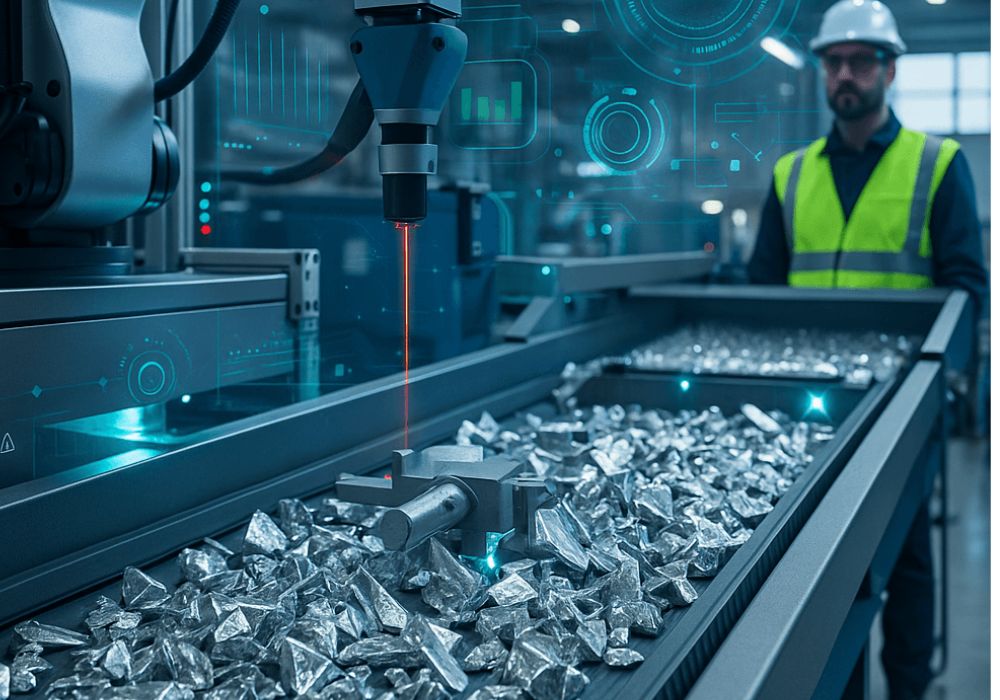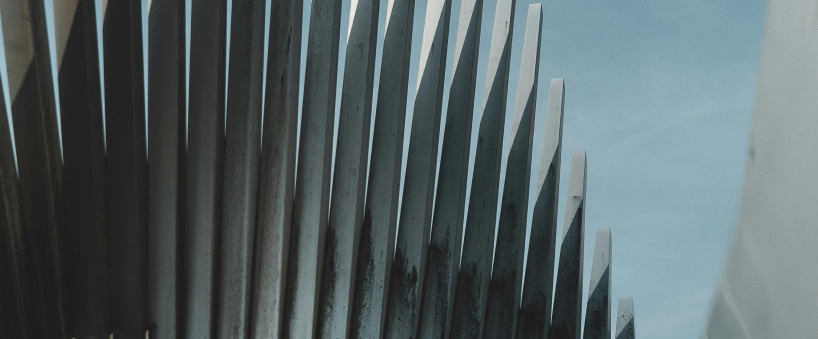

While the discussion hovers over aluminium, there are very few metals that can race with aluminium and win. The CEO of Sortera, Michael Siemer, has developed a system which can separate the aluminium grades with 95 per cent accuracy. This marks a breakthrough which aids in tapping into resources which have not been utilised in the recycling industry. With this system, the firm can make use of non-recycled aluminium present in the US.

As identified, only about one-third of the aluminium used in the US gets recycled and the primary reason behind such a sharp gap is sorting the mixed aluminium scrap, deemed as a challenge for the recycling industry.
The system that is making recycling strides
With the effective utilisation of an AI model, the system identifies various grades of aluminium by making use of data obtained from lasers, high-speed cameras and X-ray fluorescence. After this, the system needs to classify each chip within ten milliseconds. After successfully identifying the grades, air puffs instinctively flip the chip off the belt and put it into the right bin.
In this system, the accuracy and speed are greatly affected, as any other aluminium recycling process requires melting first and then further disguising the alloy type. Therefore, if the alloys are not sorted with precision, the mixed pile would not carry any worth as it may lose the properties desired by the consumers.
Michael Siemer, CEO of Sortera, stated, “People have been wanting to go after this unsorted aluminium and nobody’s been able to unlock it”
Accuracy in line with profitability
The sorting accuracy of the firm has aided them in unlocking potential profitability further, helping them to achieve a positive cash flow from August 2025 with one operating plant located in Indiana. For setting up the second plant in Tennessee, the firm has recently collected USD 20 million in equity and USD 25 million in debt from VXI Capital and accounts with T. Rowe Price advice. In addition, Overlay Capital and Yamaha Motor Ventures are participating in the fundraising as well, along with Trinity Capital, providing additional equipment funding.
Also read: Aluminium can recycling rate touches 75% globally, with major regional gaps
The new plant, which is currently under construction near Nashville, as stated by Siemer, “It’s a replica of our Indiana plant”, will begin its operation in April or May next year. At present, the Indiana facility is up and running with millions of pounds of output in a month.
Allocation of aluminium scrap
The majority of the aluminium scrap that the firm receives comes from the shredded automobiles, with each aluminium grade’s fractures presenting different characteristics when they are shredded, and these visual differences aid in the AI classification of the metal. Various alloys provide distinctive tears and folds, providing the system with clues.
To this, Siemer adds, “The chemical differences manifest themselves in the shredding. You gain these little insights so that in about a 10-millisecond time window, you go, ‘I’m pretty darn sure that’s 356 grade aluminium.”
With the expansion plan, the majority of the recycled aluminium will likely be sent back for the automotive assembly line. Aluminium is extensively used in automotive manufacturing to reduce the weight of the vehicle and improve fuel efficiency.
Siemer said, “We could instantly sort the 18 billion tonnes of aluminium made annually in the US. Every piece of that, every pound would be sold at a profit in the US.”
As of now, the firm is working towards processing other metals apart from aluminium, like titanium and copper, for future use, but will still be holding aluminium as the primary focus.
To know more about the global recycled aluminium industry with forecasts, read “World Recycled ALuminium Market Analysis Industry forecast to 2032”
Responses








